Chassis No.194377S122014
- One of only 20 L88 Corvettes built for 1967
- The last L88 built that year; the only black-on-black L88 coupe
- Single ownership for more than 35 years; less than 12,000 original miles
- Multiple national award winner, including NCRS Top Flight Award
- Exceedingly rare and significant high-performance Corvette
- Widely considered the best 1967 L88 extant
Editor's Note: Thank you RM Sotheby's for permitting Monterey Car Week to publish the words and exquisite photos of a 1967 Chevrolet Corvette Sting Ray L88 Coupe on the 4th of July, 2019. The Chevrolet ad jingle comes to mind --"Baseball, hot dogs, apple pie Chevrolet...'
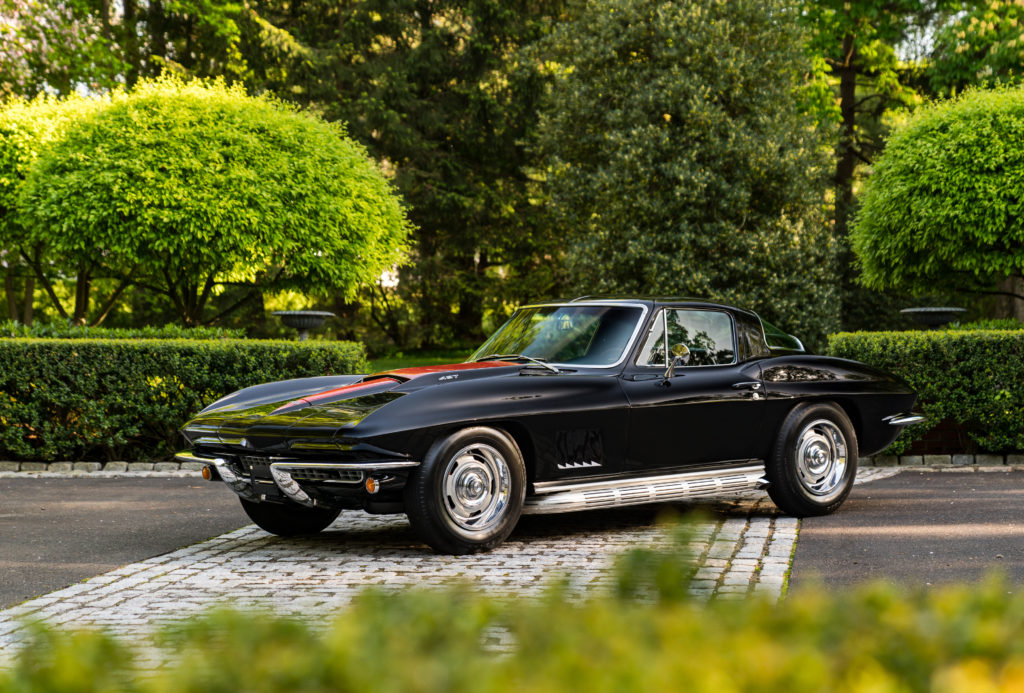
The base price of a new L88 Corvette in 1967 was $4,353. After adding $1,771.15 in options, along with destination charges, the sticker price of this car came to $6,124.15. It was completed the first week of July 1967, which makes it the last known L88 Corvette built in 1967. Of the 22,940 Corvettes produced for 1967, only 20 were equipped with the optional and extremely rare L88 engine. This example is one of the finest such Corvettes in existence.
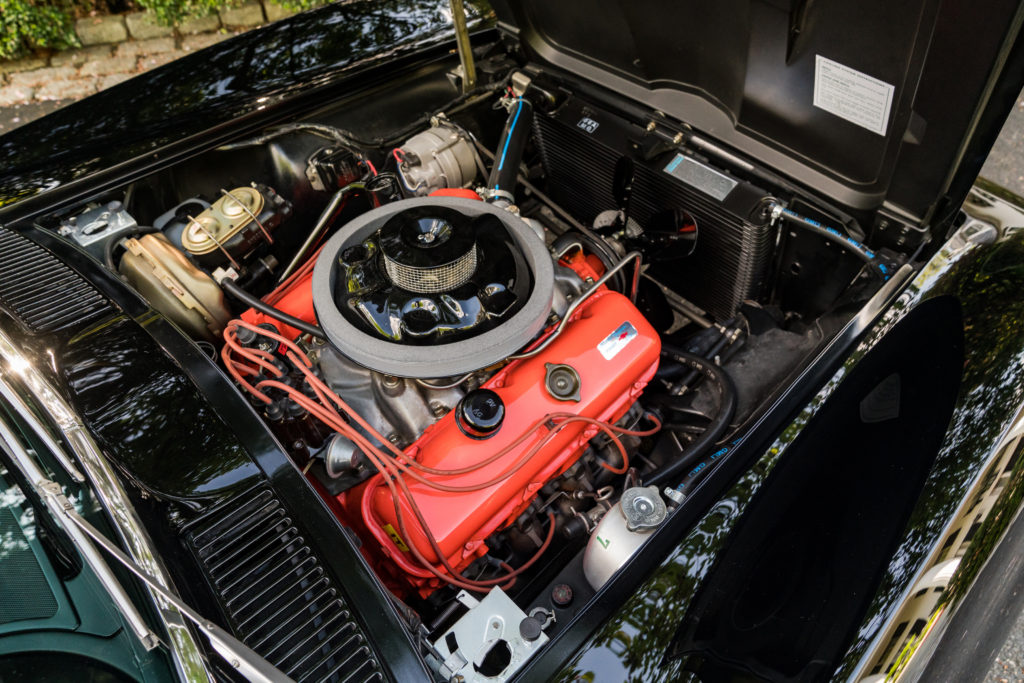

When the L88 engine option was specified for a 1967 Corvette, heavy-duty suspension, power-assisted heavy-duty brakes, transistor ignition, heavy-duty transmission, and posi-traction were required. The F41 suspension consisted of a seven-leaf heavy-duty rear spring, heavy-duty front coil springs, heavy-duty shocks, and heavy-duty sway bars. Neither a radio nor a heater was available with the L88, and a $97.85 credit was given for the lack of a heater.

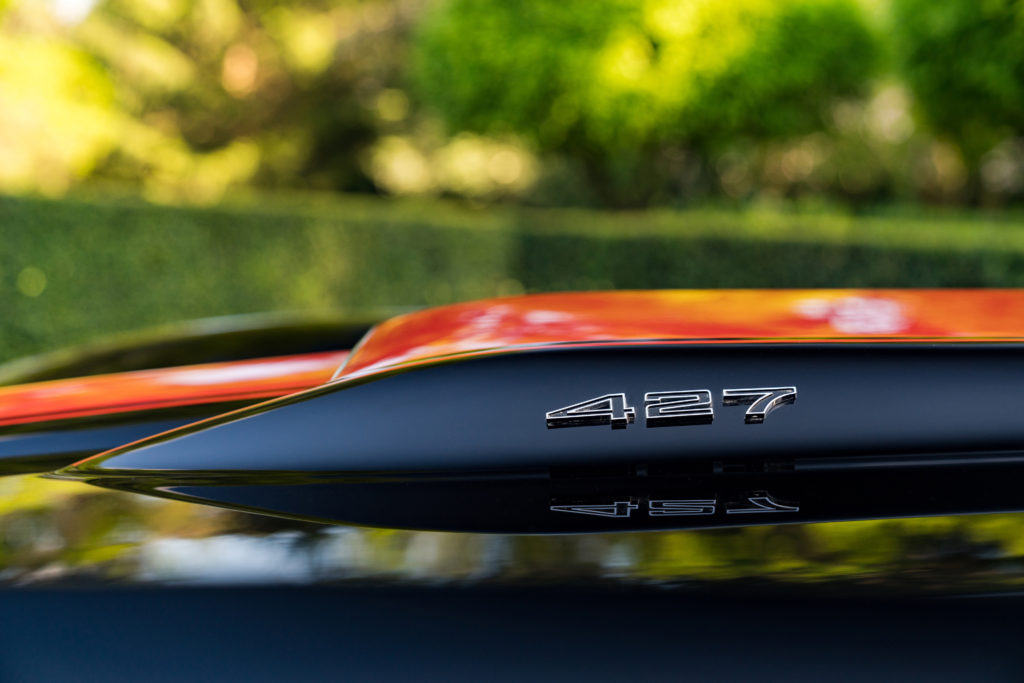
Nineteen sixty-seven was the first year for the aluminum-head 427-cubic-inch engine. The factory conservatively rated the L88 at 430 hp; however, experts agree that the actual horsepower rating was a staggering 560 hp. The heads were painted orange along with the cylinder block for the first year. In 1968 and 1969 they were left natural aluminum. The 1967 L88 had 12.0:1 compression pistons, a special crankshaft and connecting rods, large 7/16 diameter push rods, and a long-duration high-lift camshaft. This gave an idle of just over 1,000 rpm. Fuel is delivered via a Holly 850 cfm dual-inlet carburetor without a choke. The transistor ignition distributor did not use a vacuum advance – it was fully mechanical. The optional side-exhaust system was also ordered new on this car, a very rare option on an L88.
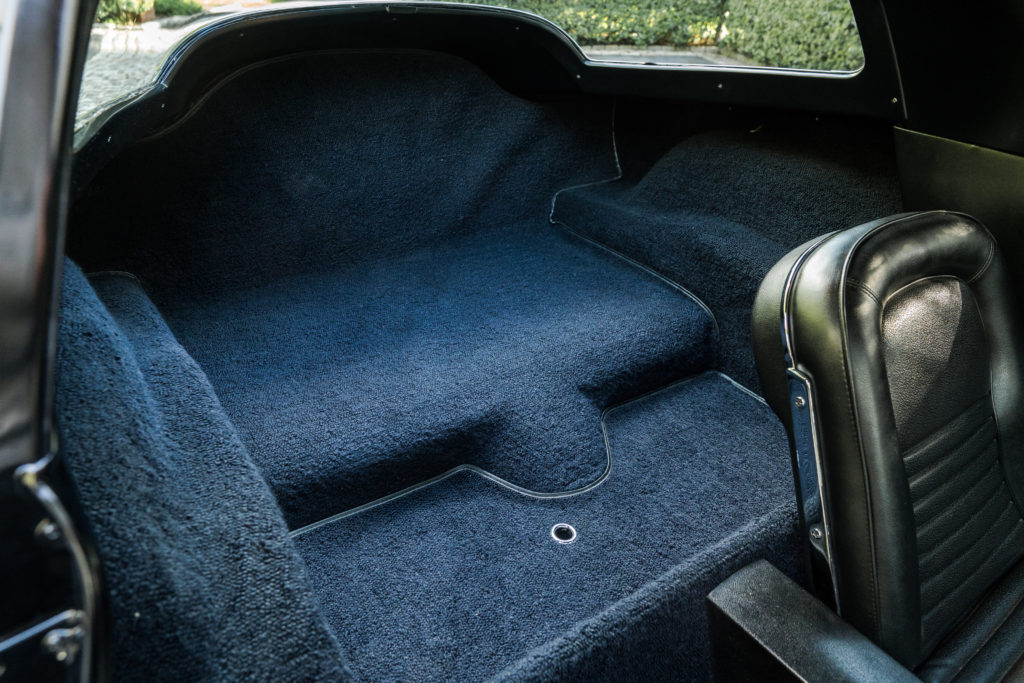
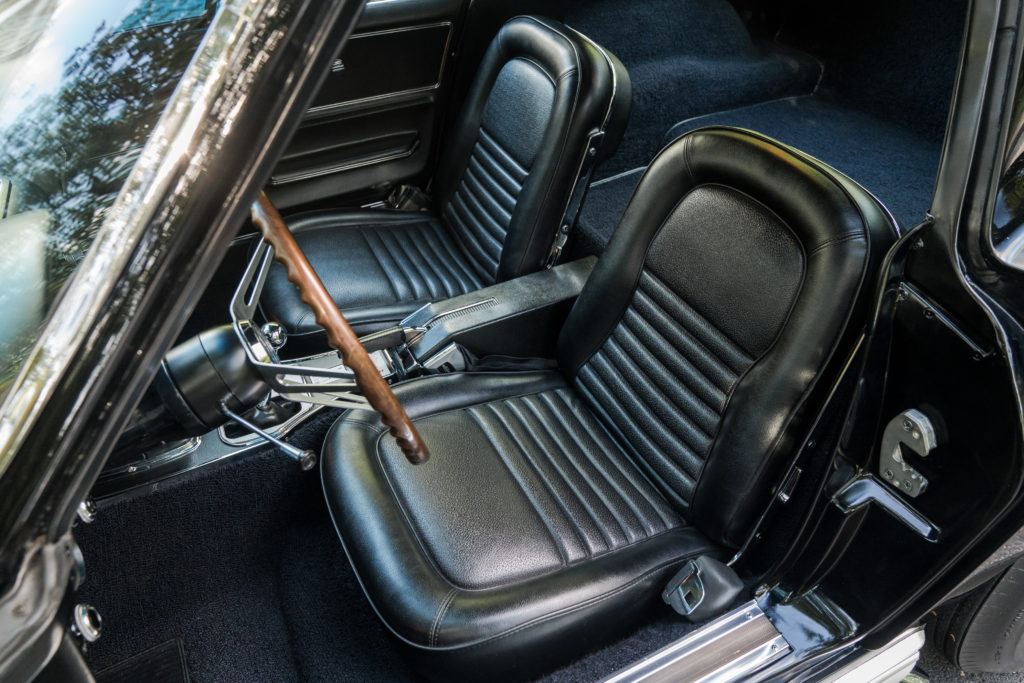
This engine was designed for maximum horsepower at high rpm, not unleashing the peak of its explosive power until it was turning over 4,000–5,000 rpms. The aluminum radiator didn’t have a fan shroud, as it was intended for high-speed racing. The L88 is the only big block that used the aluminum radiator in 1967. An air-induction hood takes in air deflected from the windshield, which passes through the filter in the hood into the carburetor. Power was transmitted through a heavy-duty clutch to the four-speed Muncie M22 “Rock Crusher” transmission, delivered to a 4.56:1 posi-traction heavy-duty rear end.
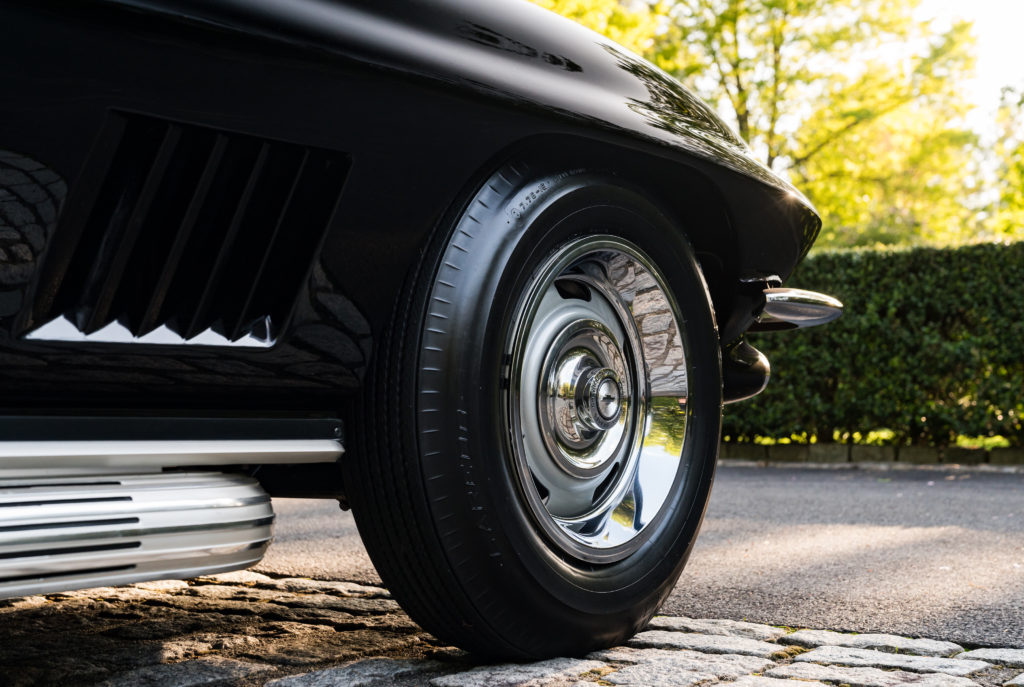
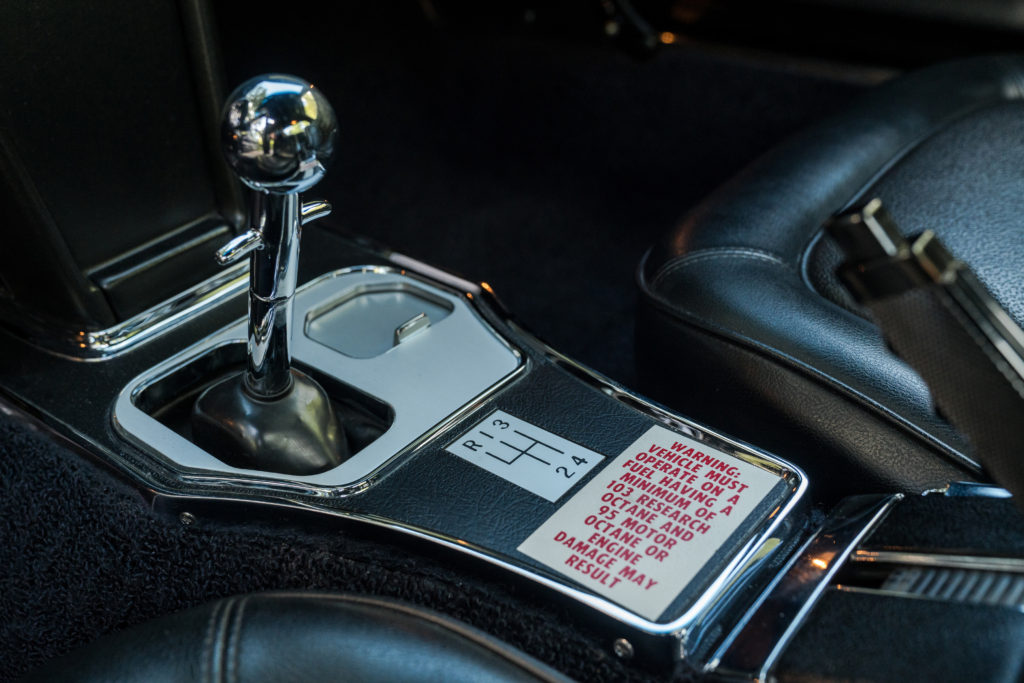
Close inspection of this Corvette reveals it maintains the correct dated radiator coolant tank, inspection sticker and correct radiator hoses, as well as the original date-coded red-orange Packard spark plug wires used only on the L88s. The ’67 L88s also had a special road-draft tube on the left-hand valve cover to vent the engine (they did not use a PCV valve).
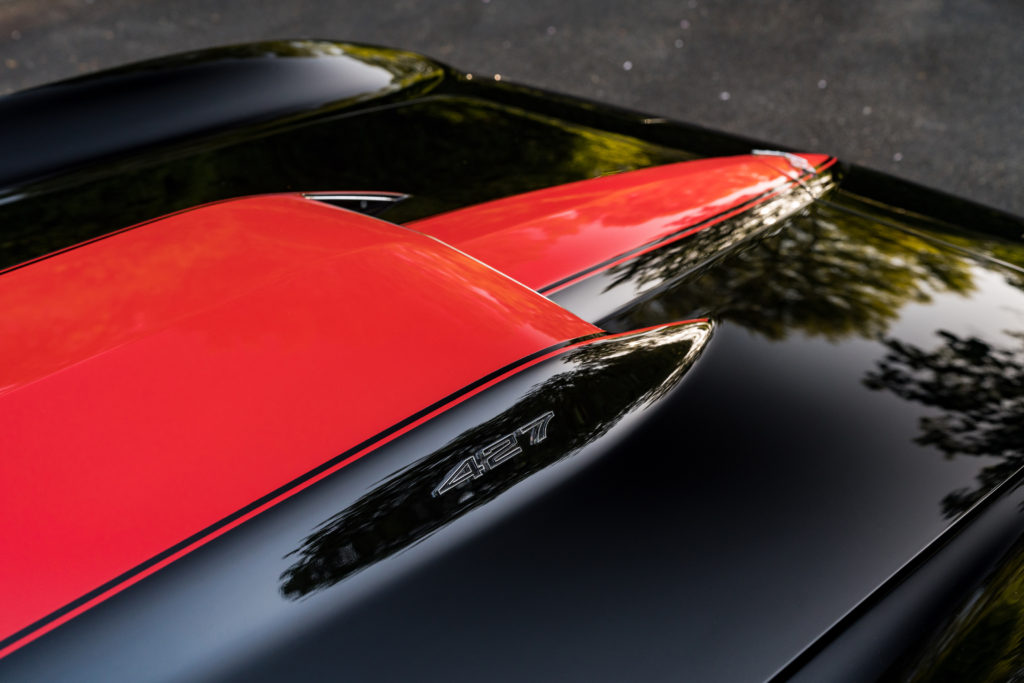
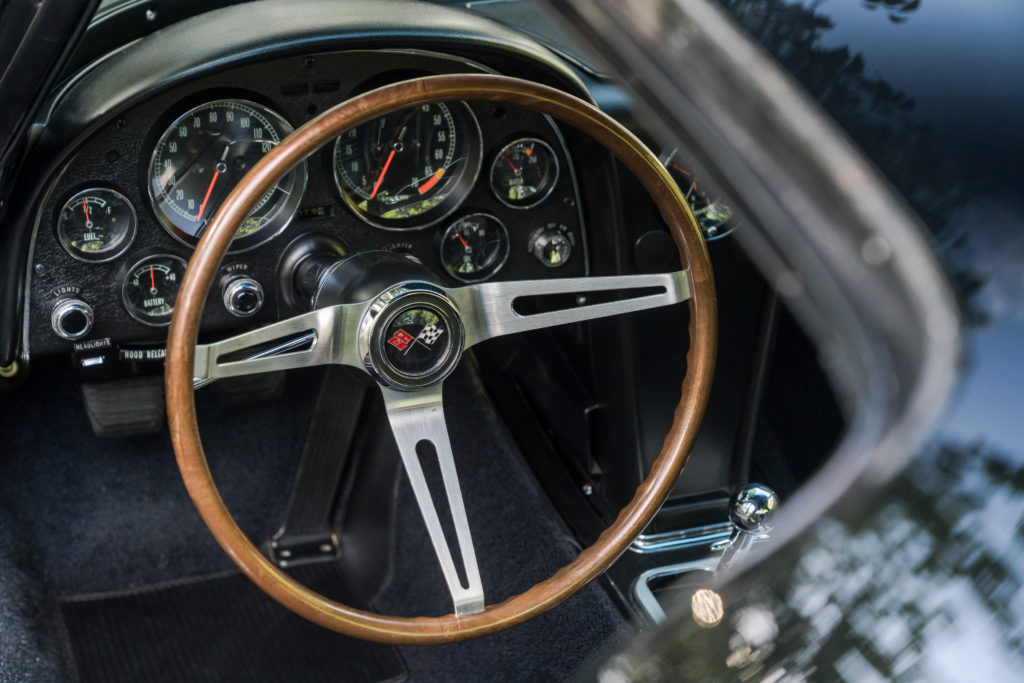
The current owner acquired this rare L88 in the late 1980s. The car was extremely original when found, with a mere 11,000 miles on the odometer and with no evidence of any significant damage. A complete comprehensive restoration was commissioned by the owner, and every effort was taken to ensure this rare and significant Corvette was restored to the most authentic and exacting standards with the goal of creating the best ’67 L88 in the world. To that end, every part of the drivetrain and suspension was completely disassembled and rebuilt. Many of the replacement suspension parts available at the time that should have a natural finish were incorrect, so for the restoration, many of the original parts had to be stripped of any corrosion; then the original texture and appearance of new metal was restored. Once this was accomplished, the parts were treated to prevent rust from forming in the years to come. No spray-on cast-metal paint was used, and all the natural-finish parts are just that. All the original stencils, decals, inspection markings, alignment, and ship markings were re-applied as original.
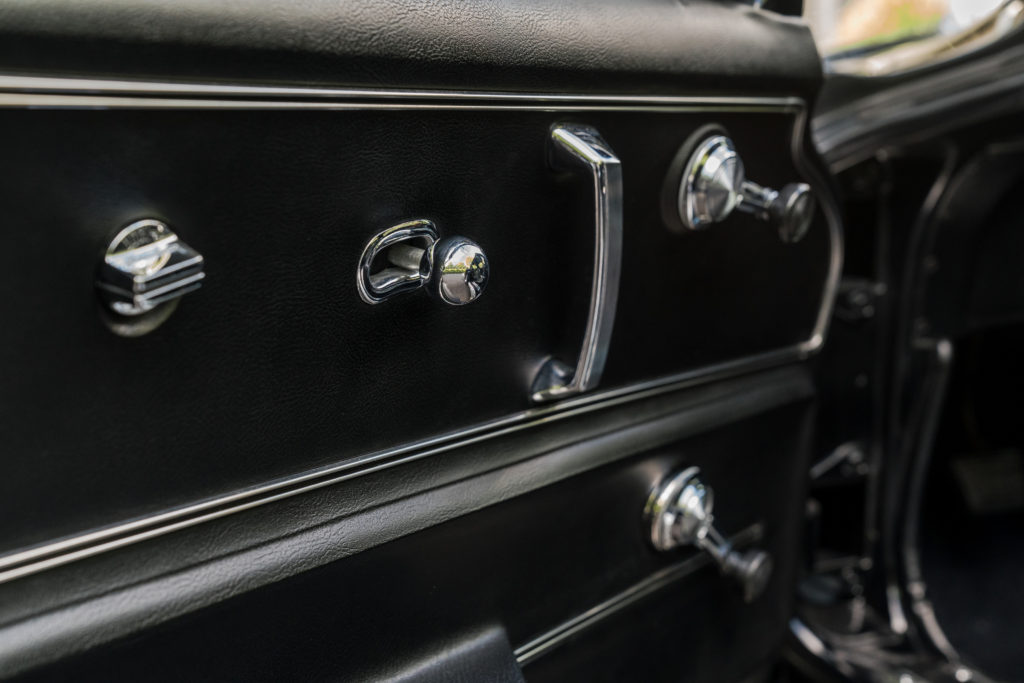
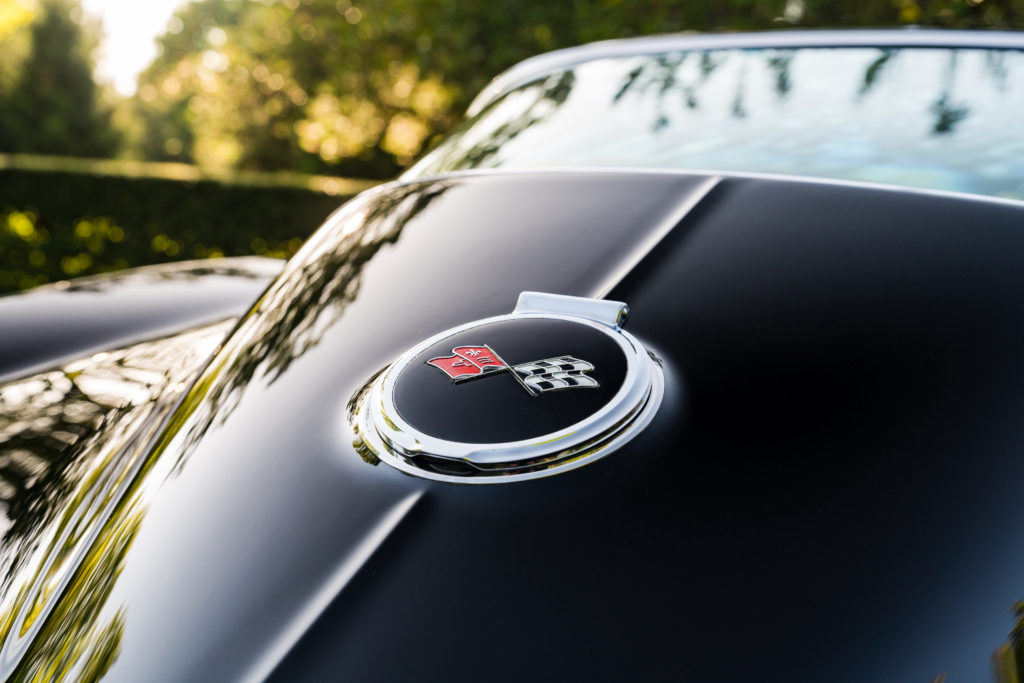
The window and door glass are the correct dated LOF. Components such as the wiper motor, voltage regulator, horn relay, and horns were completely disassembled, refinished, rebuilt, and reassembled. Even the wiper arms were taken apart, refinished, and re-riveted together. Extreme measures were taken to get just the right shade of cadmium, gold, zinc, and black plating on the proper parts. All the bolts and fasteners have the original head markings and finishes that were used on the Corvette when it was new in 1967.
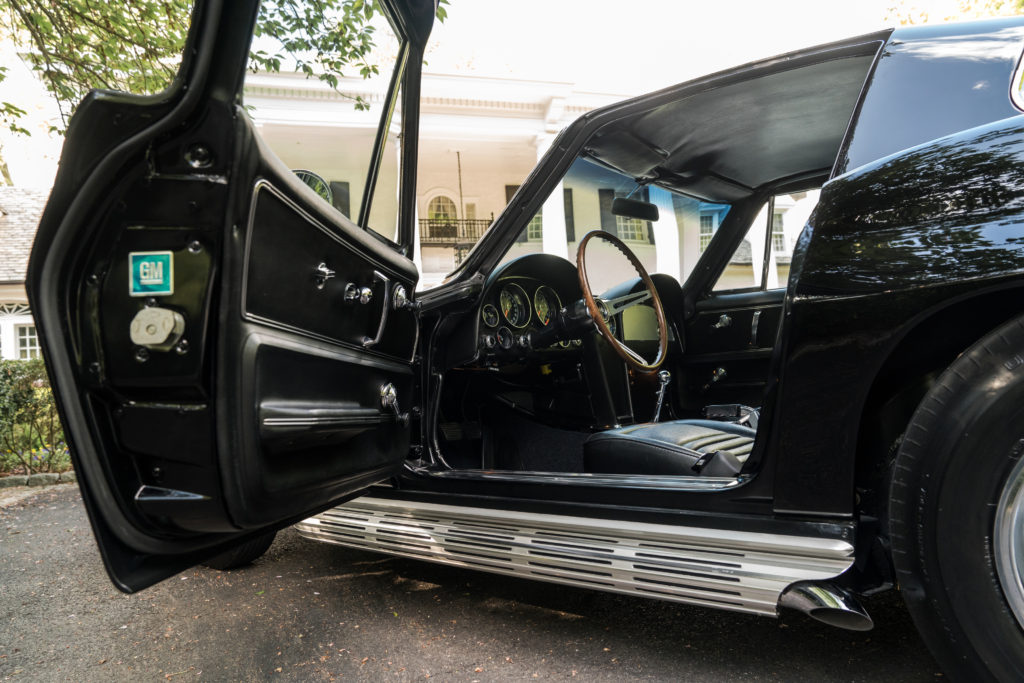

When prepping the body for paint, all blocking was done by hand, as the use of air tools or grinders on fiberglass bodies is not recommended. All seams and gaps were refinished to precise specifications. All chrome and stainless moldings were fitted for exact alignment before being re-plated and polished. The black-and-red lacquer paint was color-sanded by hand between coats. After complete baking, all parts were color-sanded and rubbed out by hand.
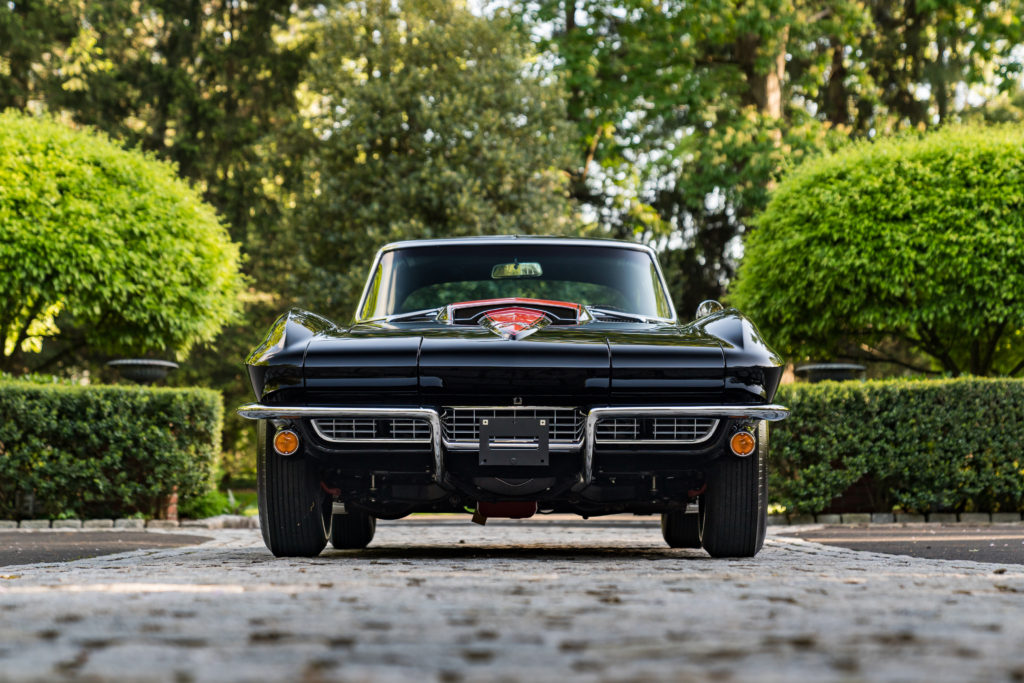
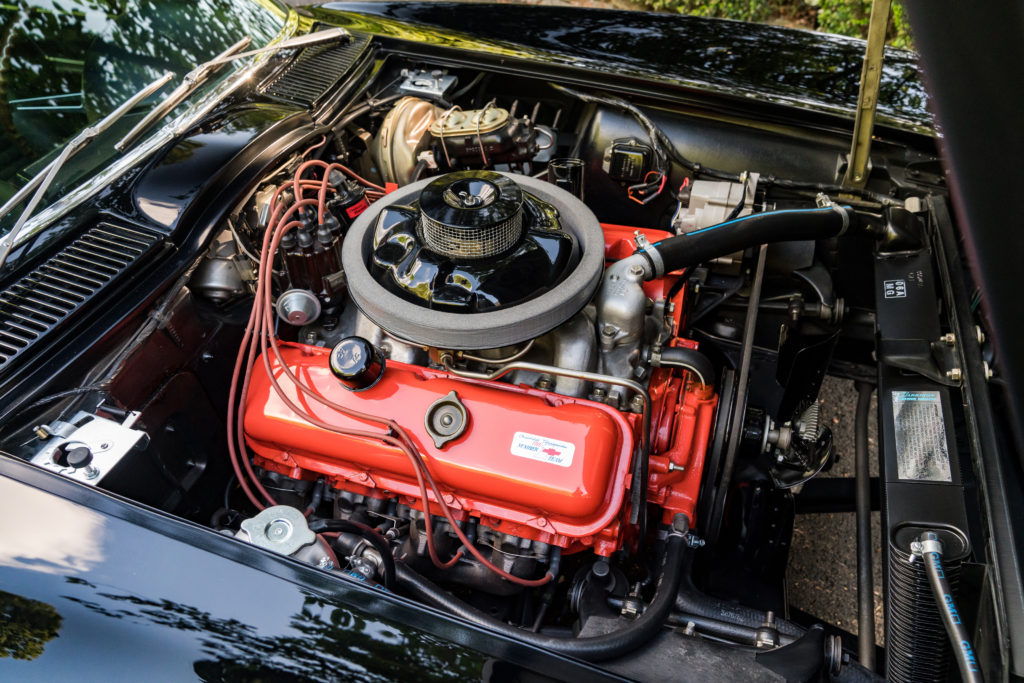
The seat covers and door panels on this Corvette were in such outstanding condition, they were reused. The seats even have the original date tags dated 5/26/1967 and 5/18/1967 clipped to the underside. It is interesting to note that the center dash has never been drilled for a radio, and there are factory block-off plugs where the heater controls would normally be located. On the console by the shifter, there is a “103 Octane” warning sticker.
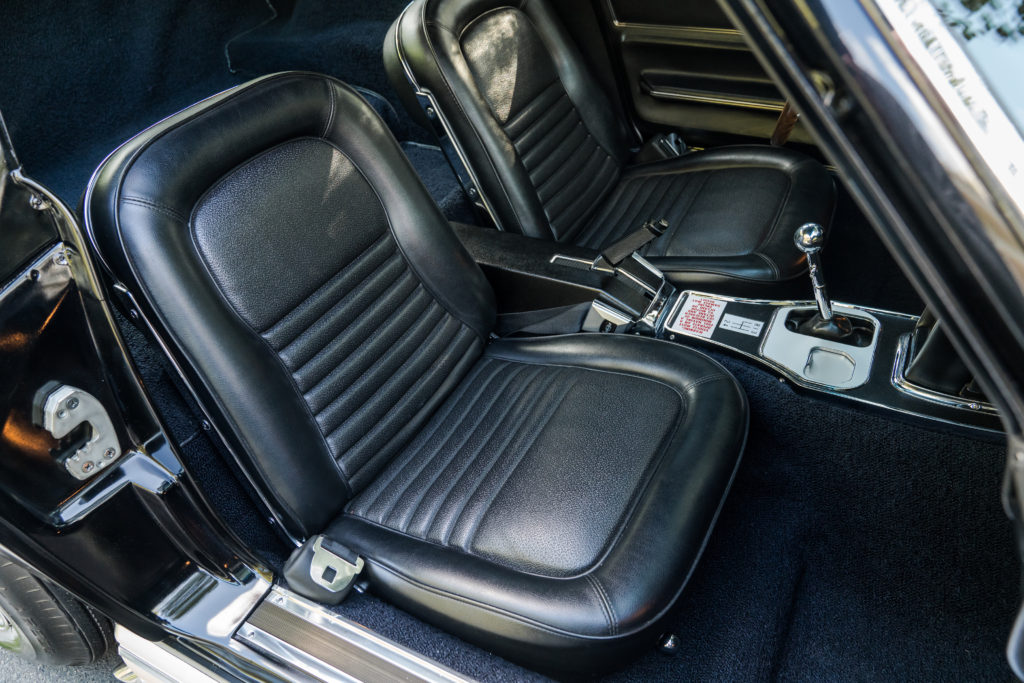
Almost all the components on a Corvette are dated when they are manufactured. This L88 has many of the original dated components still in place on the car, including horns 7F2 and 7F3, alternator no. 1100696 7E24, distributor no. 1111240 7D10, radiator expansion tank no. 3155416 67E, starter 7E23, and voltage regulator no. 1119515 7F. A set of NOS original 7.75×15-in. Uniroyal Loredo black-wall tires are mounted to the original dated rally wheels.
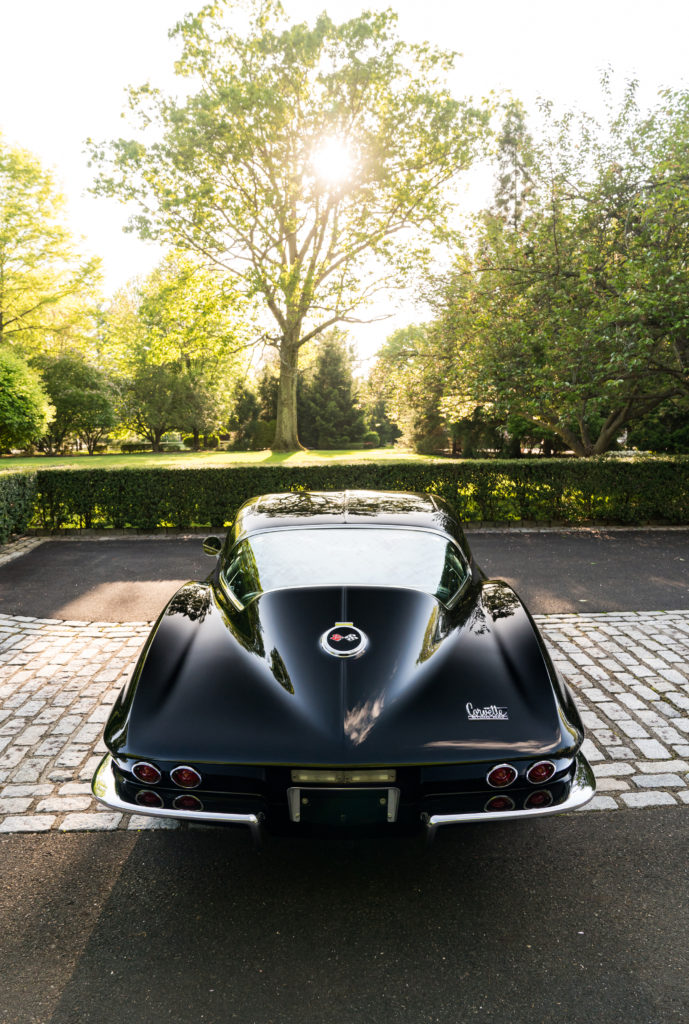
After the painstaking restoration was completed, this Corvette received many awards, such as the Bloomington Gold Award, NCRS National Top Flight Award, NCRS Performance Verification, and the highly coveted NCRS Duntov Mark of Excellence, bestowed only to the best of the best Corvettes. It also has been honored by being inducted into the Bloomington Gold Hall of Fame.
Accompanying the car is original paperwork documenting its history, including the tank sheet/order sheet and factory dealer invoice, which the owner had signed by Zora Duntov. A letter from the NCRS confirming the authenticity of the original documents also accompanies the car. Today the car is still in pristine condition, showing just over 11,600 miles.
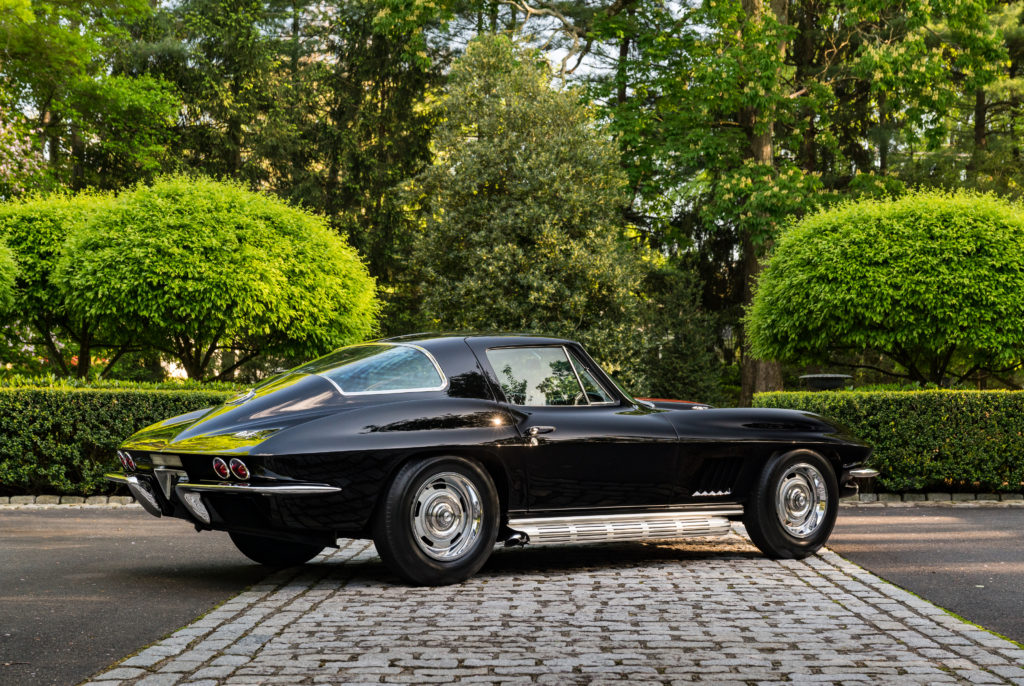
This 1967 Corvette presents a rare and exciting opportunity to acquire one of the most potently powerful, rare, authentic, and significant Corvettes available.










